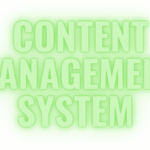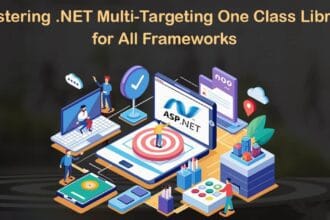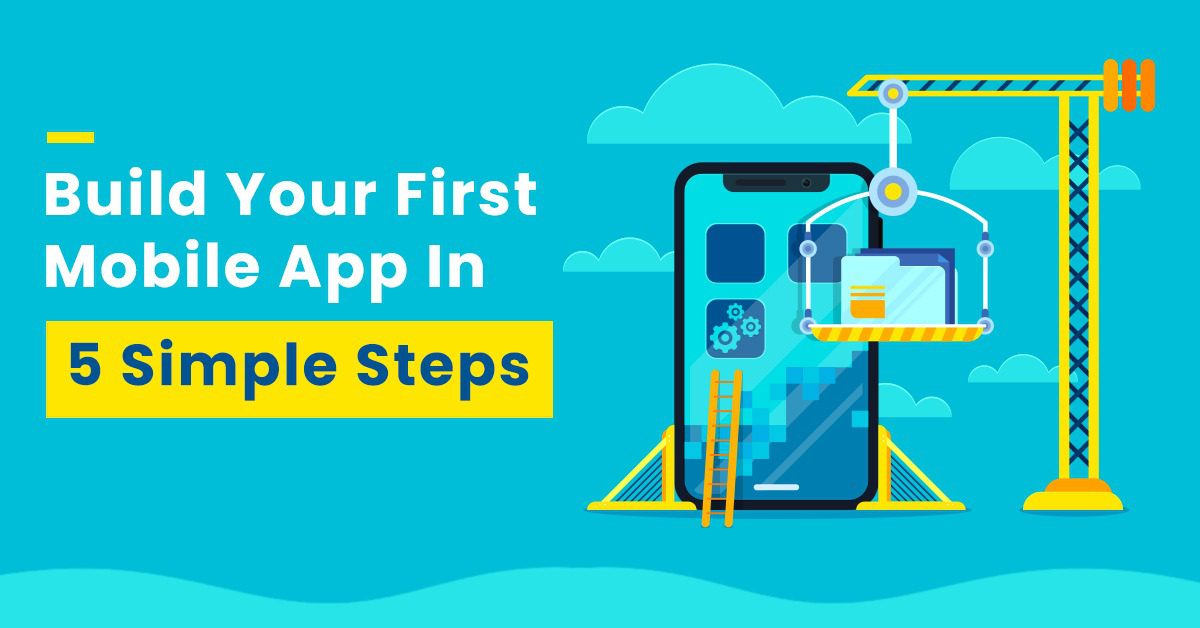
The IoT [Internet of Things] is a connected network of all computing devices, products, digital and mechanical machinery, or individuals with UIDs [Unique Identifiers].
It has the power to interact with real-time data without human-to-computer or human-to-human interaction.
Businesses across various sectors are shifting towards IoT development services to improve their operational efficiency, increase their business value, and improve decision-making.
It can also help businesses offer excellent customer service effectively. But when it comes to choosing the best IoT development framework for all your projects, the first thing you need to know is about the various types of IoT frameworks. Here we have discussed the most important ones.
What are the Various IoT Development Frameworks?
There are several kinds of IoT development frameworks that you can opt for for IoT-related projects. We have discussed some of them here:
DeviceHive
This is an open-source IoT data platform that can enable you to build scalable and innovative IoT/M2M solutions. You can utilize this framework to speed up the IoT development process and also to build cost-effective and secure IoT applications and solutions for a diverse range of industries.
This microservice framework also supports Java client libraries, Node.JS, and Python. You can use this framework for a wide range of options for operations and deployment, such as:
- Kubernetes
- Manual Installation
- Docker-Compose
- Docker
Mainflux
This is an open-source, scalable, and secure framework to manage and develop IoT solutions. Depending heavily on the project requirements, you can deploy Mainflux in hybrid settings, cloud, or on-premises.
Many well-known IoT development firms utilize Mainflux to simplify all the aspects of the development project, which includes:
- Application Enablement
- Core Analytics
- Event Management
- Device
- Data
- Many More
Thinger.io
This is a cloud-based framework that enables all IoT experts to link countless devices within minutes. Through Thinger.io, you can scale and build all the complex IT projects with a lifetime freemium account. You will get the chance to use the ever-evolving tools, and an online community will guide you through the entire development procedure.
Step 1: Follow a Map for Use Cases
The use case map can help you establish all the project needs so that you can choose the correct elements for the IoT projects. The majority of IoT projects fall under three categories, which are consumer, public, and industrial.
Your security requirements, connectivity, components, and platform will differ greatly for every use case. Besides that, the use case you make should also contain all the functional needs and objectives for your IoT projects.
Step 2: Consider Security
Security is one of the primary aspects of IoT development. You must analyze the security aspects of the IoT platform carefully. Opting for a secure and safe framework will make sure that the 3rd party or confidential data and information are secure. It will also help in making sure that cyber-attacks and data breaches do not destroy the reputation of your business.
Step 3: Choose Speedy Frameworks
It’s extremely important to choose a framework that will accelerate and simplify the deployment and development procedure at the same time. It would help if you looked for platforms that offer end-to-end solutions.
This can prevent you from creating a PoC with one framework and then deploying and developing it with another framework. You should opt for a platform that offers full-suite IoT abilities. This can lead to quick time to market and can also lead to reliable and secure products.
Step 4: Check the Price
Checking the price when opting for the best IoT development framework is extremely crucial. You should have a good understanding of all the pricing models of IoT platforms.
You can consult about the pricing with an expert or do some research on it. That way, you can learn whether or not it has any hidden or extra costs, compare the pricing with other models, and then make the final decision.
Step 5: Plan the Entire Bandwidth
The success of IoT projects depends heavily on the resources and tech stack that you utilize to secure, control, and connect the applications and devices.
Cloud is known as one of the most powerful technologies, but it might have to run the workloads on-premises and on edge. That’s why you mustn’t overcommit to just one situation.
You should use the bandwidth for all the modern architecture to reach a broader consumer base without compromising compliance and data security.
Last Note
Choosing the right IoT framework for your IoT projects will help you obtain positive outcomes. If you’re looking for effective IoT solutions, contact the experts from Capital Numbers.
They offer you top-notch IoT development services through which you can transform your projects into next-level digital products.
Book a call today!








